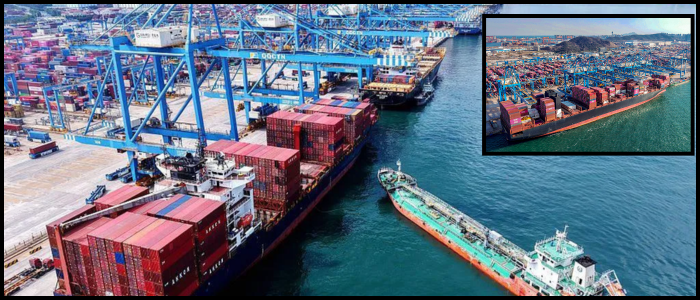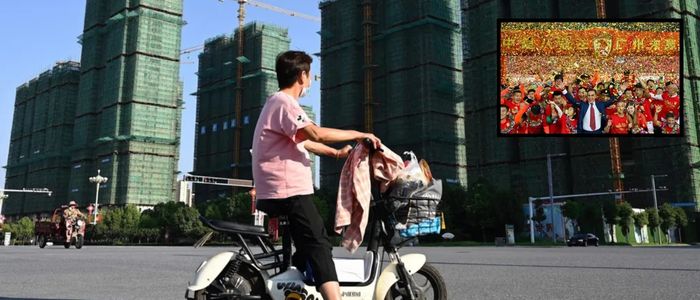US-China talks had concluded last month on a conciliatory note, with both sides saying they would not impose further measures pending the outcome of their negotiations. President Donald Trump signed an executive order on Monday formalising the extension. With the new deal, it seems that US tariffs on Chinese imports will be retained at 30%, while China will maintain a 10% tariff on American goods.
Aim to Resolve Trade Disputes
The White House said the "pause" will give China additional time to address longstanding issues such as forced technology transfers and trade balances, unfair practices and market access for U.S. exports. And it said the USTR forecasts that the US trade deficit with China will hit nearly $300 billion (£223 billion) in 2024, "remains the largest among all US trading partners." The consideration of these proposals is matched with national security, access to rare earths, purchase of Russian oil and limitation on the exportation by your nation of advanced technologies such as semiconductor chips.
China called on the US to remove what it referred to as "unreasonable" trade barriers, while underlining that these kinds of trades are crucial for both nations' companies and global semiconductor industry stability.
Ongoing Economic Impact
The extension follows a period of increased trade friction that came to a head in April with the U.S. imposing heavy tariffs against imports, including some from China, which were hit with among the highest rates applied during this dispute. China responded by slapping tariffs of its own on American goods, and a trade war was born.
While some restrictions were loosened in May, it has been a year of sharply reduced trade between the two countries. American imports from China were nearly 50% lower than in June 2024, the month before Trump launched his first round of tariff increases, and totalled about $165bn (£130bn) for the first half of the year, a decline of 15%. Over the same period, US exports to China were down by around 20%.
Business

US, China Extend Trade Truce to November

By delaying the planned Oct. 1 hike on more than $US250 billion worth of Chinese imports, U.S. businesses and consumers will avoid a significant hit at least until after November's Presidential election in the United States. The US said that the higher tariffs, which were due to come into effect within hours, will now be on hold for another 90 days under the pact reached by US President Donald Trump and Chinese leader Xi Jinping at this month's G20 summit in Argentina.















